Artificial intelligence is moving so fast that within a decade, we will even be able to swallow computers so they can perform internal operations and release drugs.
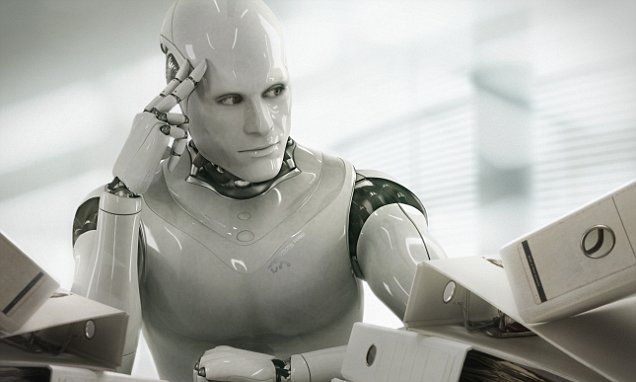

Artificial intelligence is moving so fast that within a decade, we will even be able to swallow computers so they can perform internal operations and release drugs.

It is now possible to detect just one molecule of a substance, and we can detect said substance whether it is a solid, liquid, or gas.
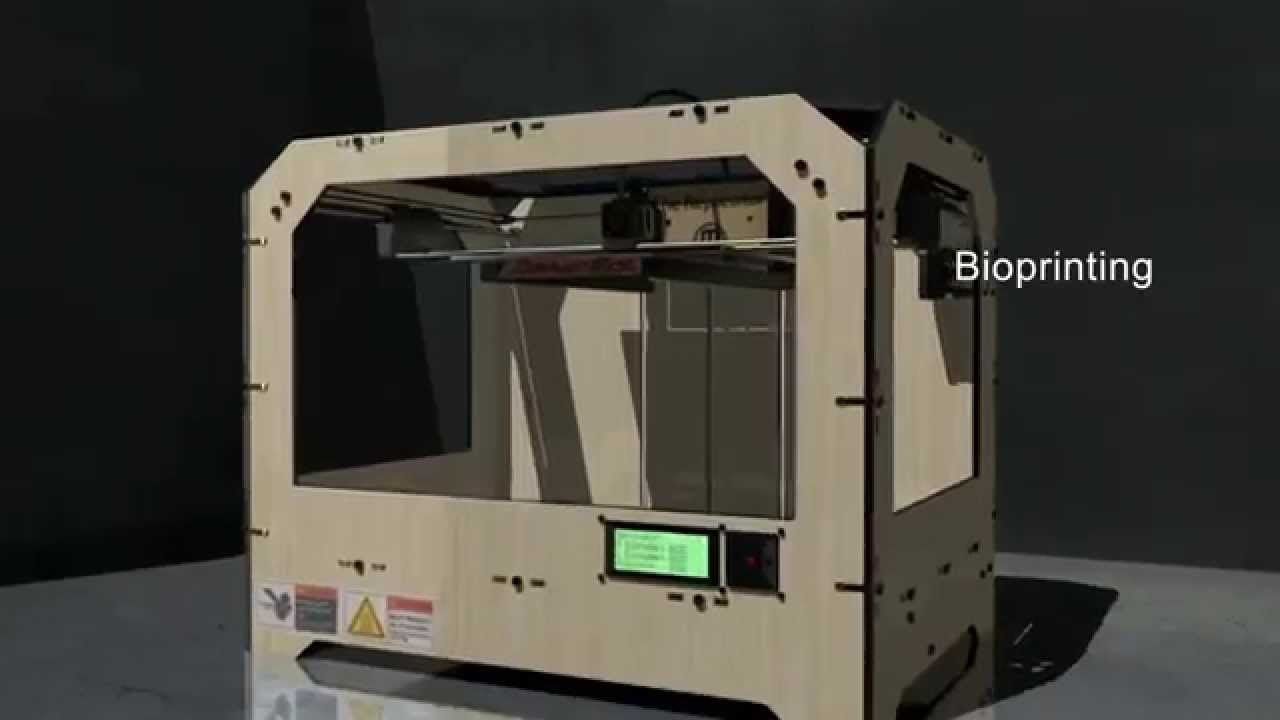
Over the next few weeks, while browsing cuties on the dating app, Tinder, you may find an image of a celebrity with an ‘organ donor’ icon next to their photo. By swiping right (usually an action which means “sexy!”), you will be given the option to register as an organ donor.
In what might seem an unlikely partnership, Tinder has partnered with the UK’s National Health Service (NHS) to recruit organ donors.
Why? Desperate times sometimes call for unconventional measures.
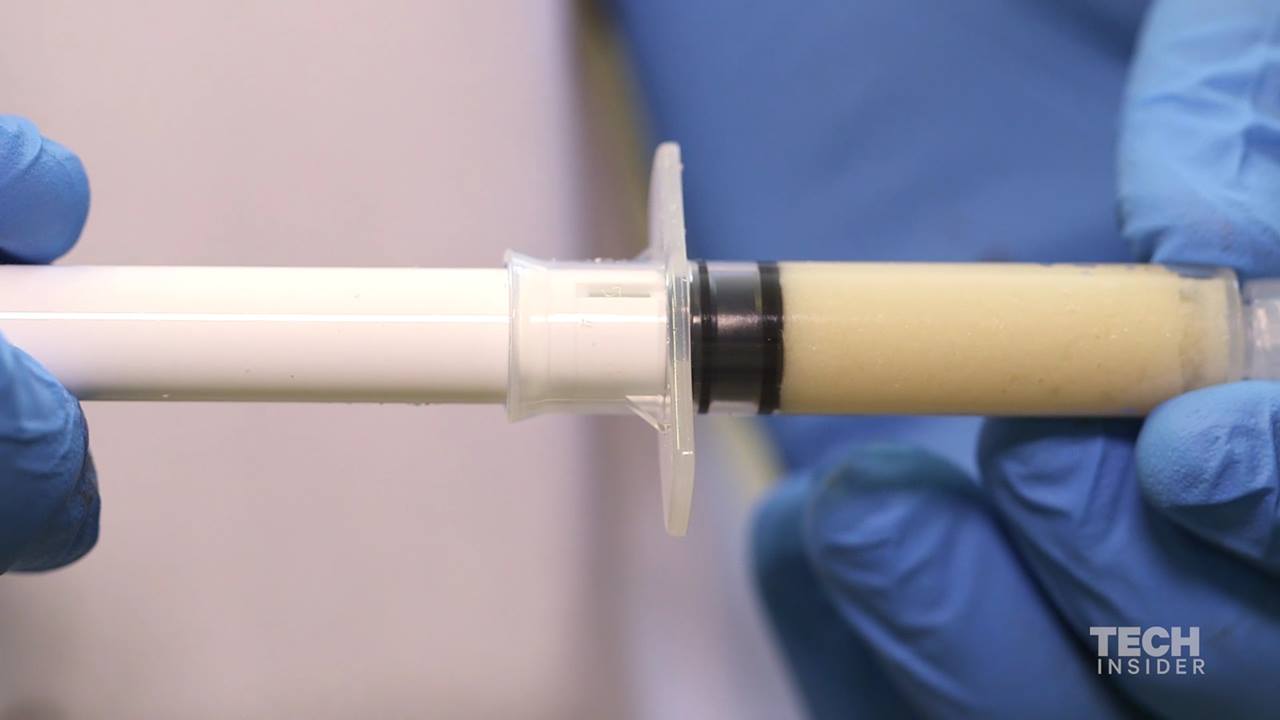
VetiGel: A way to instantly stop bleeding.
A 17-year-old invented an ingenious way to instantly stop bleeding.

Samsung’s already wide product family is getting even bigger thanks to its new chip dubbed the “Samsung Bio-Processor.” As the company tells it, it’s already in mass production and is “specifically designed to allow accelerated development of innovative wearable products for consumers who are increasingly monitoring their health and fitness on a daily basis.” Phew. The announcement post goes on to say that the processor is the first all-in-one health solution chip and that since it’s packing a number of different control and sensor units (like a quintet of Analog Front Ends, a microcontroller unit, digital signal processor and eFlash memory) it can do all these tricks without the need for external processing.
The idea behind the silicon is to be the one-stop wearable fitness resource. Those five AFEs? One keeps track of bioelectrical impedance analysis, while the others focus on volumetric measurements of organs, an electrocardiogram and skin temperature, among other things. Bear in mind that Samsung’s latest smartwatch, the Gear S2, only tracks your heart rate. Same goes for the Apple Watch. Considering how err… interesting Samsung wearables tend to be, a possible scenario here is that the tech giant won’t keep the Bio-Processor all to itself. Nope, the real money here lies in potentially licensing it out to other folks, as it’s wont to do with its other self-made parts.
We won’t have to wait too long to see these in the wild, either: Samsung promises it’ll be packed into devices available early next year. If you’re wondering where, the inevitable follow-up to the aforementioned Gear S2 successor is a pretty likely bet. Whether that shows its face at CES or Mobile World Congress is the real question, though.
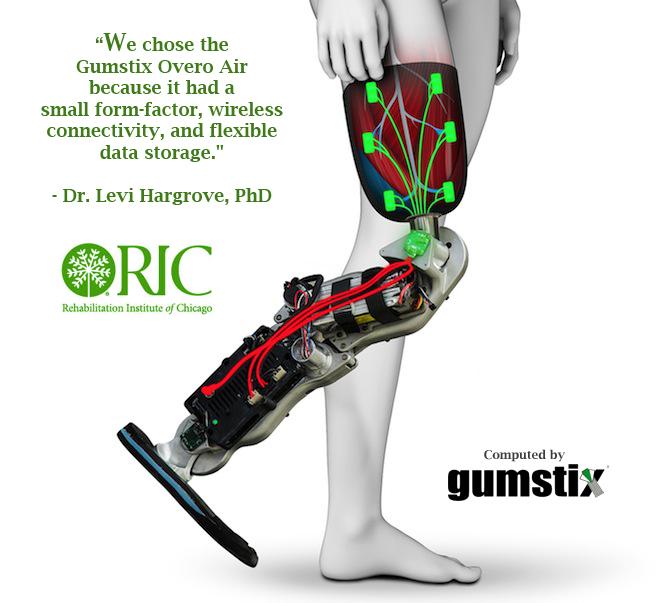
Small Form Factor Technology Solves Complexities of Thought-Controlled Leg Prosthetics
Rehabilitation Institute of Chicago has developed the first neural-controlled bionic leg, using no nerve redirection surgery or implanted sensors. It’s a powerful advancement in prosthetics, including motorized knee and ankle, and control enabled by the patient’s own neural signals. Powered by a tiny but powerful Computer-on-Module platform, this thought-controlled prosthetic represents a significant breakthrough in medical embedded design, improving patients’ lives and mobility with a prosthetic that more closely than ever acts like a fully-functioning natural limb.
The technology of prosthetic limbs has come a long way over time, yet options are still limited for leg amputees. While simple peg legs have evolved to more sophisticated and realistic artificial limbs, the patient was forced to undergo nerve surgery or endure invasive implants. And even though the technology to produce through-controlled mechanized arms has existed for some time, the complexities of leg motion have kept it from being successfully applied in leg prosthetics. Without the ability to move and control the knee and ankle, the prosthetic leg remained a passive solution for patients struggling to replicate natural leg motion.

My new article for Vice Motherboard. It’s about one of the biggest ideas I believe in–the necessity to spend more money directly on science goals instead of bomb making and defense:
It just so happens that there is another way—a method that would satisfy liberals and conservatives alike. Instead of always spending more on our military, we could transition our nation and its economy into a scientific-industrial complex.
There’s compelling reason to do this beyond what meets the eye. Transhumanist technology is starting to radically change human life. Many experts expect to be able to stop aging and conquer death for human beings in the next 25 years. Others, like myself, see humans merging with machines and replacing our every organ with bionic ones.
Such a new transhuman society will require many trillions of dollars to satisfy humans ever-growing desire for physical perfection (machine or biological) in the transhumanist age. We could keep our economy humming along for decades because of it.
Whatever happens, something is going to have to give in the future regarding military profiteering. Part of this is because in the past, the military-industrial complex operated off always keeping a few million US military members ready on a moment’s notice to travel around the world and fight. But there’s almost no scenario where we would need that kind of human-power (and infrastructure to support it) anymore.

Speculations around whether biotech stocks are in a bubble remain undecided for the second year in a row. But one thing stands as indisputable—the field made massive progress during 2015, and faster than anticipated.
For those following the industry in recent years, this shouldn’t come as a surprise.
In fact, according to Adam Feuerstei at The Street, some twenty-eight biotech and drugs stocks grew their market caps to $1 billion or more in 2014, and major headlines like, “Human Genome Sequencing Now Under $1,000 Per Person,” were strewn across the web last year.
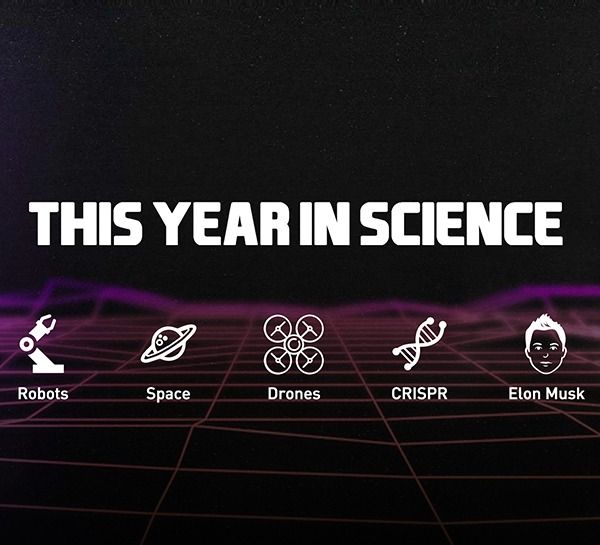
Futurism presents its annual This Year in Science immersive experience! This year’s themes include robot intelligence, space exploration, drones, CRISPR (a breakthrough gene editing tool), plus a special ‘Futurist of the Year’ award.
BY: DANIEL KORN
The very mention of “nanobots” can bring up a certain future paranoia in people—undetectable robots under my skin? Thanks, but no thanks. Professor Ido Bachelet of Israel’s Bar-Ilan University confirms that while tiny robots being injected into a human body to fight disease might sound like science fiction, it is in fact very real.
Cancer treatment as we know it is problematic because it targets a large area. Chemo and radiation therapies are like setting off a bomb—they destroy cancerous cells, but in the process also damage the healthy ones surrounding it. This is why these therapies are sometimes as harmful as the cancer itself. Thus, the dilemma with curing cancer is not in finding treatments that can wipe out the cancerous cells, but ones that can do so without creating a bevy of additional medical issues. As Bachelet himself notes in a TEDMED talk: “searching for a safer cancer drug is basically like searching for a gun that kills only bad people.”